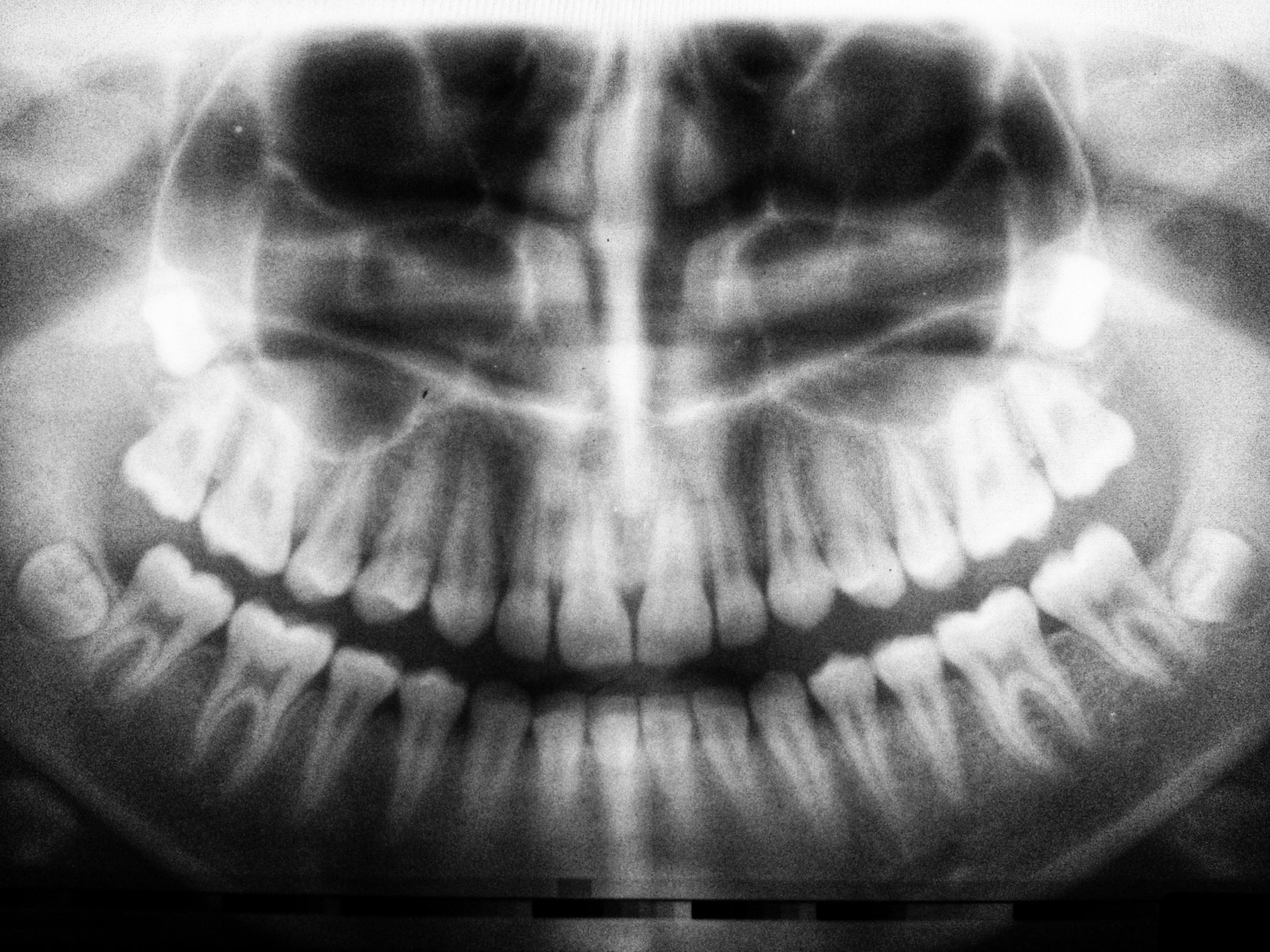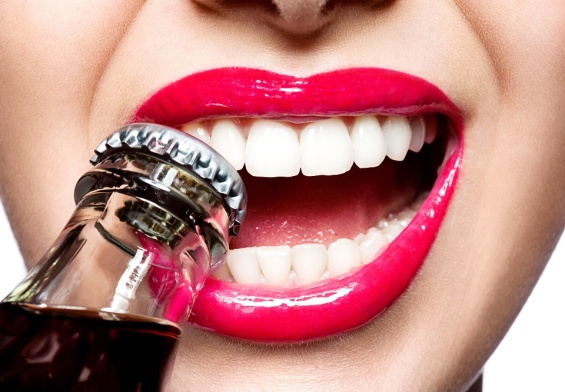Dental crowns, often referred to as ‘caps,’ embody a pivotal advancement in the field of restorative dentistry, providing a robust solution for a multitude of dental issues. Each year, over 10 million people in the United States alone turn to dental crowns as a means to rectify structural tooth damage and aesthetic imperfections. These prosthetic devices, designed to completely encase teeth in need of repair, are celebrated not only for their functional restoration capabilities but also for their power to renew the confidence and smiles of countless individuals. Whether you’re contending with compromised tooth function, diminished strength, or altered appearance, the path to reclaiming your original eating habits and self-esteem may very well lead you through the doors of a dental office for a crown procedure. This guide aims to unfold the layers of dental crowns, exploring their essence, the intricacies of their application, the variety of materials they’re crafted from, and the care they necessitate, shedding light on why they might be the restorative answer you’ve been seeking.
The concept of dental crowns is rooted in a simple yet profoundly effective principle: to act as a protective overlay for damaged teeth, thereby restoring them to their full functionality and aesthetic appeal. Functioning as a kind of dental armor, crowns are meticulously cemented over the visible part of the tooth, offering a popular and versatile method for correcting a range of dental dilemmas. The appeal of dental crowns lies in their ability to be both temporary and permanent solutions, adapting to the diverse needs and circumstances of patients. From the initial tooth preparation to the final placement of the crown, the procedure is a testament to the advancements in dental technology and materials, ensuring that each crown not only fits seamlessly but also complements the natural color and appearance of the surrounding teeth. As we delve deeper into the procedure and materials involved in dental crowning, it becomes evident that this restorative method is a cornerstone of modern dentistry, designed to enhance both the health and aesthetics of one’s smile.
Understanding Dental Crowns
At their core, dental crowns act as a protective encasement for teeth, cemented in place to cover the visible portion above the gums. This method of correction is popular for its effectiveness in addressing both cosmetic and structural dental issues, with the option for the crowns to be either temporary or permanent. The dental crown procedure is typically a two-visit process, beginning with tooth shaping and mold taking, followed by the placement of a temporary crown until the permanent one is ready. The final step involves cementing the custom-made crown, restoring the tooth to its optimal function and appearance. Crowns are lauded for their ability to correct a variety of dental problems, including chipped, cracked, decayed, or misaligned teeth, offering a versatile solution to enhancing dental health and aesthetics.
The Procedure and Materials of Dental Crowns
The journey to receiving a dental crown typically spans two appointments, with the initial visit focused on preparing the tooth and taking impressions for the crown’s creation. Temporary crowns serve as a placeholder until the permanent crown, crafted in a dental lab, is ready for placement. This meticulous process ensures that the final crown not only fits perfectly but also matches the color and appearance of the surrounding teeth. Dental crowns can be made from various materials, including ceramic, porcelain, resin, stainless steel, and combinations thereof. Each material offers distinct advantages, from the natural appearance of ceramic and porcelain to the durability and cost-effectiveness of resin and stainless steel. The choice of material often depends on the location of the tooth being treated, the patient’s aesthetic preferences, and budget considerations.
Special Considerations for Dental Crown Care
Maintaining a dental crown requires a commitment to regular dental hygiene and care, particularly during the period when a temporary crown is in place. Patients are advised to minimize the use of the affected side of the mouth and to avoid sticky or chewy foods that could dislodge the crown. Proper brushing, flossing, and regular dental check-ups are essential to ensuring the longevity of both temporary and permanent crowns. Additionally, patients should avoid habits that could damage the crown, such as chewing ice or using teeth as tools, to preserve the integrity of the restoration.
Dental Crowns: A Solution for Everyone
Dental crowns offer a reliable and effective solution for individuals looking to restore the function, strength, and appearance of their teeth. Whether addressing a single damaged tooth or multiple dental issues, crowns provide a way to regain not just a beautiful smile but also the confidence that comes with it. As advancements in dental technology continue to evolve, the materials and techniques used in creating dental crowns improve, offering patients even more options for customizing their dental care. If you’re considering dental crowns as a solution to your dental concerns, consulting with a cosmetic dentist can provide you with the information and guidance needed to make an informed decision.
Dental crowns represent a significant advancement in dental care, providing a durable and aesthetically pleasing solution to a wide range of dental issues. From enhancing the appearance of discolored or misshapen teeth to restoring the functionality of damaged teeth, crowns offer a versatile and effective treatment option. With proper care and maintenance, dental crowns can last for many years, contributing to overall oral health and well-being. If you’re exploring options for improving your dental health or appearance, dental crowns may offer the restorative solution you need to achieve a healthy, radiant smile.




